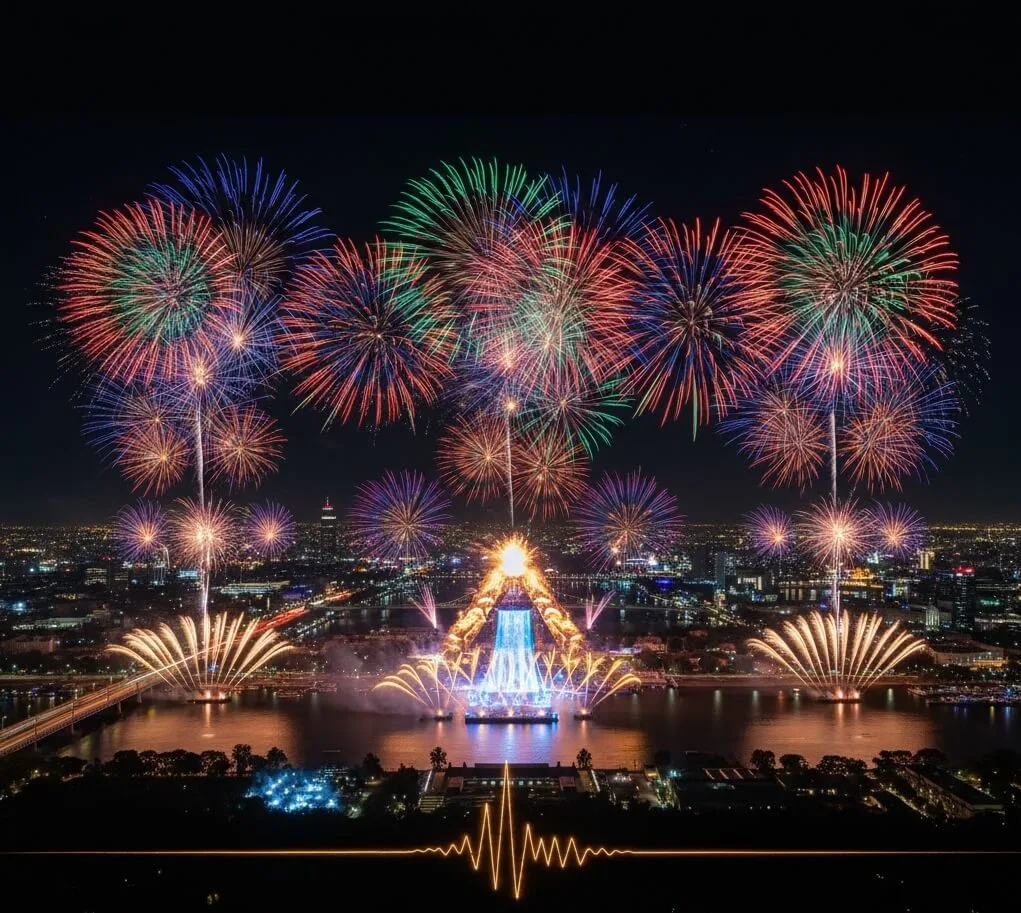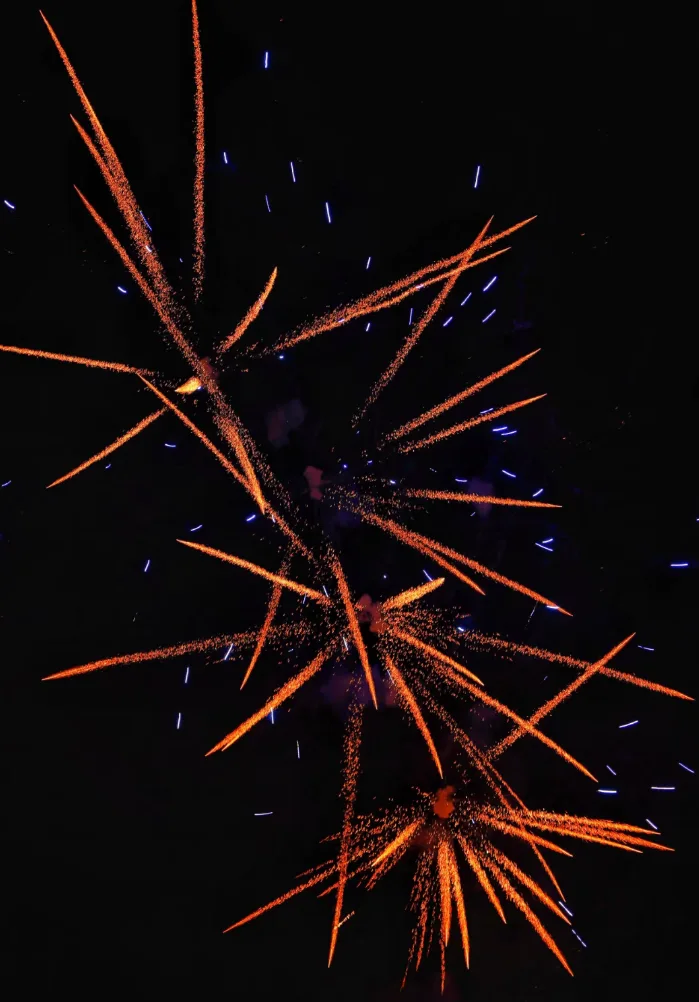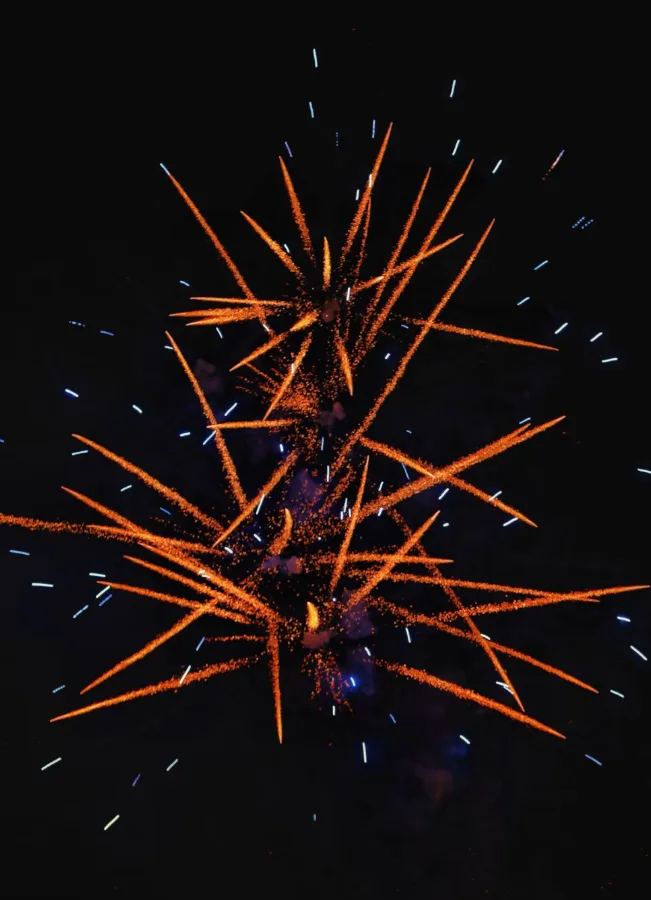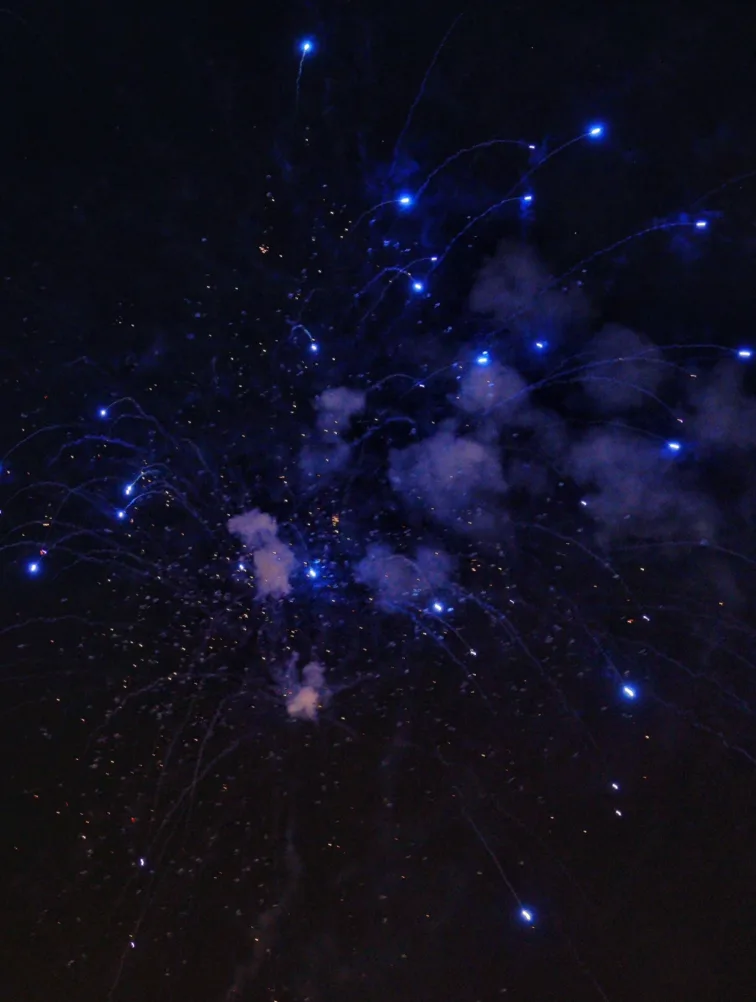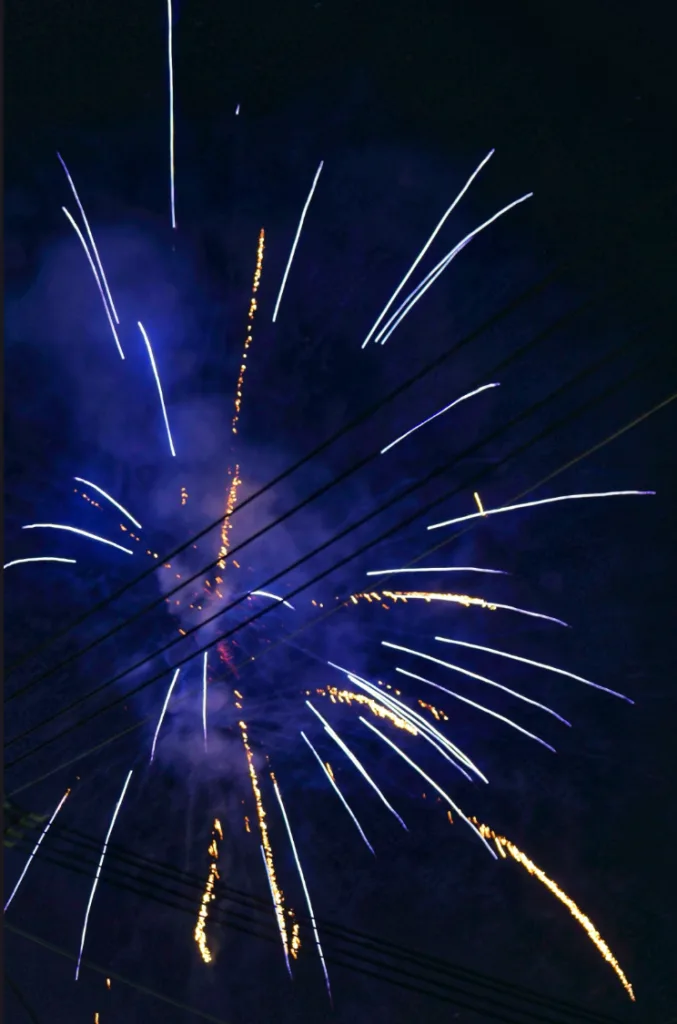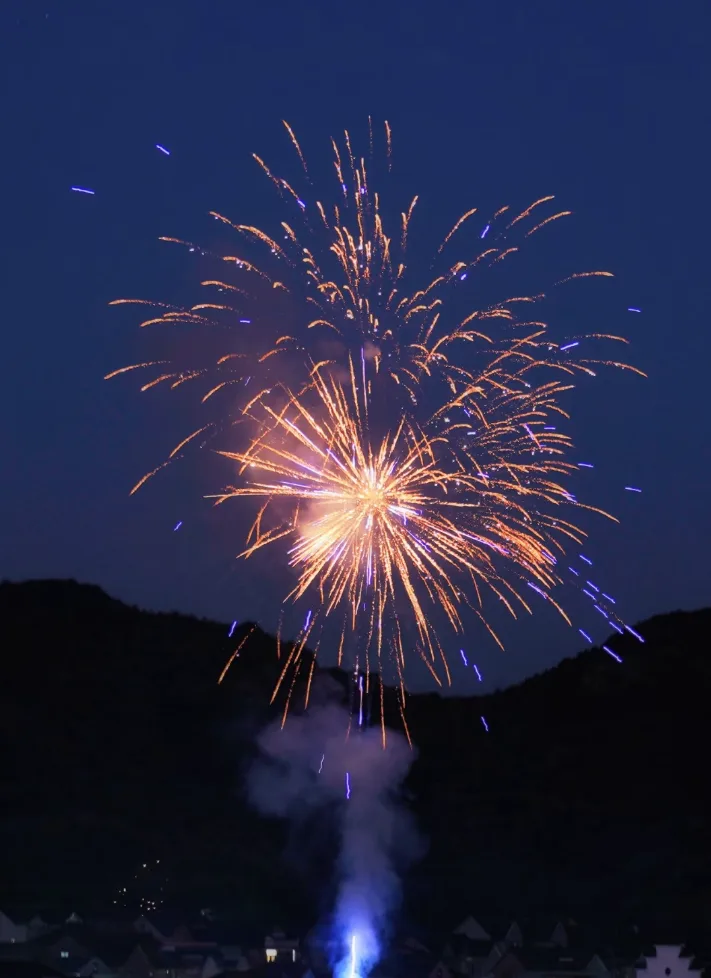Since antiquity, fireworks have been an indispensable element in human celebration and moments of joy, thanks to their dazzling spectacle and striking sound. They are more than just a simple form of entertainment; they embody a continuous progression of history, culture, and technology. The evolution of fireworks is, in essence, a lengthy journey involving gunpowder, color, and art.
Origin: From Saltpeter to "Beacon Fire for Amusements"
The earliest prototype of fireworks can be traced back to the accidental discovery of gunpowder by ancient Chinese alchemists. By the time of the Tang Dynasty, the gunpowder formula was largely perfected, initially used mainly to create firecrackers for warding off evil and welcoming good fortune. During the Northern Song Dynasty, gunpowder technology further advanced, leading to the creation of the visually entertaining "Medicine-Fired Puppets," which are considered an early form of firework display.
However, the true turning point that elevated fireworks into an art form was the transition from simple acoustic explosives to displays incorporating color and shape. Early fireworks primarily relied on the saltpeter, sulfur, and charcoal in black powder, resulting in monotonous colors, mostly golden or white.
Zenith: The Interplay of Art and Technology
The Ming and Qing dynasties marked a peak in firework production technology. Artisans began to master the use of various metal salts to produce rich colors. For example:
Copper salts produced blue and green.
Strontium salts produced red.
Barium salts produced green.
The application of these chemical components transformed fireworks from simple flashes into vibrant, multi-colored paintings across the night sky. From "gold on the ground" (满地金) to "chrysanthemum blossoms" (菊花开), various shapes emerged endlessly. Fireworks from this period already exhibited characteristics of modern pyrotechnic art, and through trade, gradually spread across the world.
In Europe, particularly during the Renaissance and Baroque eras, fireworks were widely used by royalty and nobility for grand celebrations and commemorating victories. Countries like Italy and France elevated firework displays to a level of stage art, designing complex structural pyrotechnics such as "Volcanoes" and "Waterfalls."
Modern Era: Precision, Sustainability, and Gigantism
Entering the modern and contemporary periods, science and technology brought about revolutionary changes to fireworks:
Innovation in Ignition Systems: Modern fireworks utilize electronic ignition systems and computer-programmed control, achieving millisecond-level precision. This allows firework designers to perfectly synchronize explosions, colors, and music, creating true "pyromusical concerts."
Enhancements in Safety and Environmental Friendliness: Modern industry demands higher stability and safety during the firing process. Simultaneously, with increasing environmental awareness, the industry is researching and employing low-smoke, low-sulfur, and heavy-metal-free eco-friendly formulas to reduce air pollution.
Visual Impact: Thanks to advancements in material science and launching techniques, modern fireworks can reach greater launch heights and wider coverage, forming giant bouquets and multi-layered three-dimensional shapes that offer audiences unparalleled visual shock.
From ancient firecrackers to contemporary digital pyrotechnic shows, the evolution of fireworks is a microcosm of humanity's eternal pursuit of beauty and light. Every burst of fire is not merely the result of a chemical reaction, but a feast where culture, technology, and art converge, illuminating our boundless hopes for a beautiful future.

